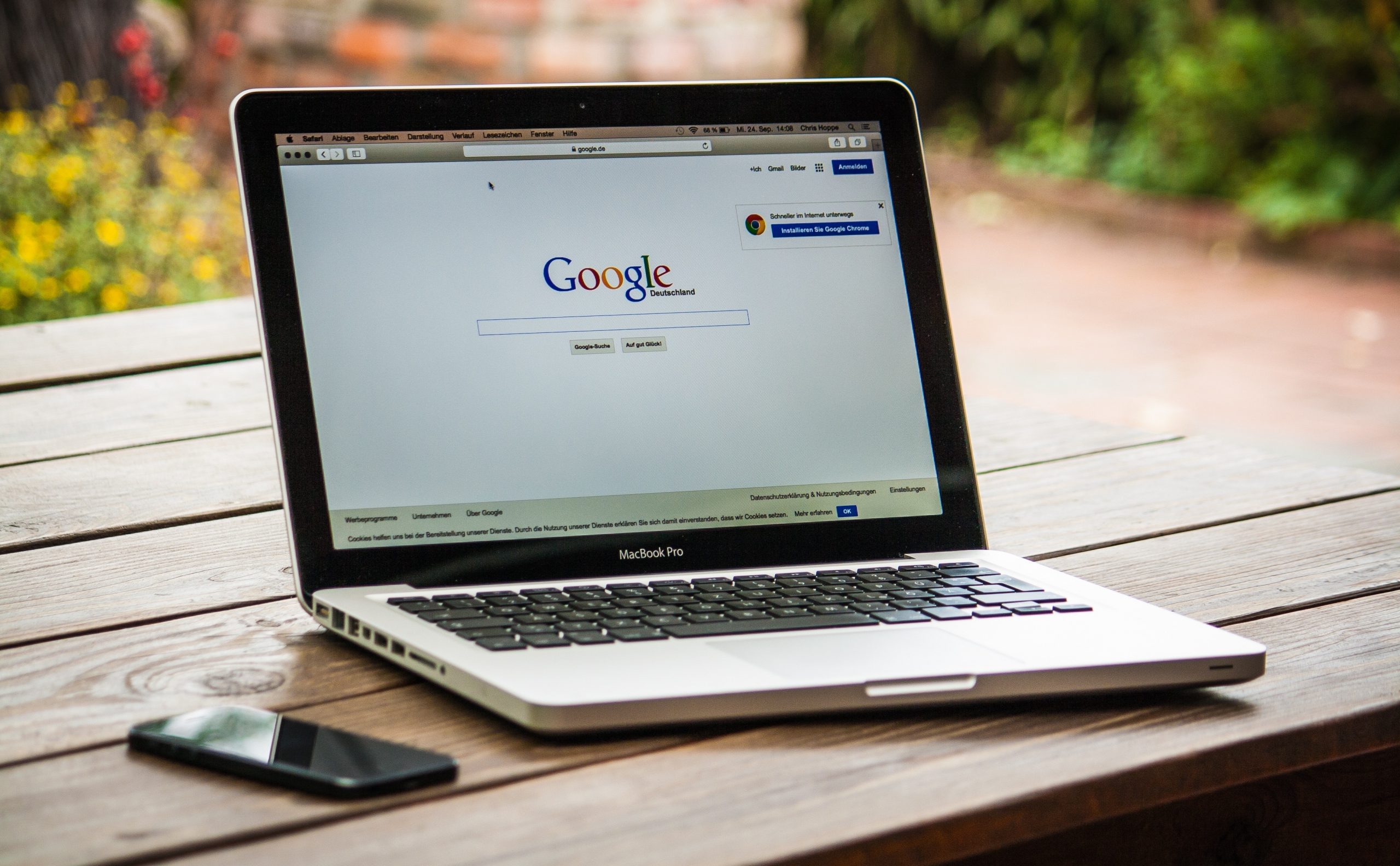We’ve all heard the buzzwords SEO and SEM pop up way too much. Yet, unfortunately, the actual explanation of those terms and how they interact with each other has been lacking.
Regardless of your industry, you’ll need to have both in place to have an efficient digital marketing operation. If you’re not sure about what SEO vs SEM entails, we’ve got you covered.
Keep on reading for the SEO vs SEM definitions, similarities and differences.
SEO vs SEM: Basic Overview
In the short, the main difference between SEO and SEM is Search Engine Optimization (SEO) is a subsect of Search Engine Marketing (SEM).
Both SEO and SEM have the same objective, which is increasing your content’s visibility in search engines.
SEO does that by optimizing your website to get higher rankings in the organic search results. On the other hand, SEM takes things a step further by using other methods like Pay-Per-Click (PPC) advertising to boost search engine traffic heading your way.
Search Engine Optimization (SEO)

In order to get a solid understanding of the differences between SEO and SEM, we’ll need to take a deep look into what SEO is exactly.
SEO is defined as the process of optimizing your website. The website optimization aims for getting free traffic from search engines like Google and Bing.
SEO is rather popular due to the fact that an optimized website gets the attention of search engine crawlers, which in turn, leads to greater chances of getting ranked highly in SERPS (search engine results pages). Traditionally, there are three main types of SEO.
1. Technical SEO
The technical SEO tackles the process of optimizing your website specifically for the crawling and indexing phase.
By setting up your technical SEO, you’re making sure that search engines can crawl and index your website smoothly with no issues.
2. On-Site SEO
With on-site SEO, you’ll be putting specific rules in place. These rules will be applied on each website page to optimize your content for specific keywords.
Examples of on-site SEO rules would be optimized titles, well-formatted URLs, optimized headings, and solid descriptions. In addition to text-based rules, you must also have alt text for your images and designs.
3. Off-Site SEO
Unlike on-site SEO, off-site SEO deals with the optimization of your website through other people’s websites. This process is called getting backlinks —references— from other websites. It, basically, increases your website’s trustworthiness in the eyes of Google and other search engines.
For the uninitiated, this might sound a bit confusing. However, if you think of it as a Yelp with no stars, it starts making sense. The website that has the most references ranks higher.
The references are the links coming from other websites to your own website, which is why off-site SEO is also called link building. However, a word to the wise, link building isn’t just about the quantity, but also the quality. As it were, the quality of the websites using your links matters in how you rank.
Search Engine Marketing (SEM)

Search Engine Marketing (SEM) is the umbrella under which SEO exists. Yet, it’s only a part of your overarching digital marketing strategy.
It’s the strategy for increasing your website’s visibility in search engines by either getting organic traffic via SEO. Or, it’s getting paid website traffic by using PPC advertising.
SEM uses paid advertising by buying advertising space in the search engine results. It works quite well, either when the competition is too strong or when you’ve decided not to try to rank in one of the top positions organically.
The vehicle you use for getting your ads up and running would be Google Ads (formally Google Adwords). Google Ads places your ads on the Google search results page, and you get to pay only for the clicks on your ads.
This is why it’s called Pay-Per-Click (PPC). Of course, Yahoo and Bing have similar platforms, however, they aren’t as successful as Google Ads due to the sheer number of people using Google’s search engine.
SEO vs SEM
In marketing circles, many marketers are now referring to SEM when they exclusively mean PPC advertising. In short, they see paid search advertising as the only component of SEM, not seeing SEO as part of SEM.
Therefore, we’ll follow the industry’s lead and do the same.
Effectiveness in the Long Run
Normally, organic SEO is your best go-to for long-lasting results. You get to rank high in the organic results of your target keywords for free with high amounts of traffic coming your way constantly.
On the other hand, websites that use PPC will still get traffic from search engines, but they won’t be for free. In addition, they will only last as long as you’re paying. Once you stop, the traffic will disappear.
Time and Effort
With SEO, you’ll need monumental time and effort poured into your content as well as its optimization in order to start ranking decently. In addition, you’ll have to work at maintaining this effort in order to stay high in the ranks.
Therefore, if you’re wondering whether to go with SEO or SEM, it depends. You’ll have to take a deep look at your overall digital marketing goals as well as the time and budget you have on hand.
If you need —almost— instant traffic, then you can start with SEM. You can set up a paid search advertising campaign, and work on your SEO in parallel.
Also, if you want to have a long-enduring online business without having to rely on paid traffic, then SEO is your goal.
Ready to Get Your Business in Shape?
It’s not easy having a solid digital marketing plan with a streamlined SEO and SEM strategy. It’s even harder for the uninitiated to get started without wasting a ton of money with little to no results.
However, now that you have a good grasp on the SEO vs SEM dilemma, you can avoid going blind into marketing strategy techniques that you don’t fully understand.
Moreover, if you want more marketing advice, make sure you check out our blog for the latest tips. Even better would be contacting us so we can put you on the right path.

